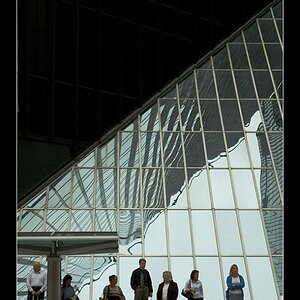watch69
TPF Noob!
- Joined
- Aug 22, 2016
- Messages
- 1
- Reaction score
- 0
- Website
- watch68.net
- Can others edit my Photos
- Photos OK to edit
I have a Canon AE-1 which has center weighted metering and rather than buying a light meter with a spot meter attachment I was trying to think of a way to get spot metering out of what I have or with minimal additional parts. What I came up with was this: buying a front lens cap and drilling a hole (somewhere around 0.5" or 0.25" diameter) so that light only reaches the lens through that small aperture and lands directly on the center of the lens. However, this would allow a very wide angle of light to pass through, so I was thinking of 3D printing a small cylinder out of black material with as little reflectivity as possible, with an inner diameter that is the same as the drilled hole, and making it long enough to get the viewing angle down to less than 5 degrees (maybe 2 inches long or so), and then affixing this to the lens cap. So basically it is a goofy looking attachable lens cap with a cylinder sticking out to only let in 5 degrees of light to the lens so that it falls directly on the center. Would this be an effective way for spot metering or would I get bad results?



![[No title]](/data/xfmg/thumbnail/31/31043-56e0d1d98f75a901802906faef0a4ab9.jpg?1619734585)
![[No title]](/data/xfmg/thumbnail/37/37605-90c8efaef5b7d1f52d4bf8e7dfd33673.jpg?1619738148)

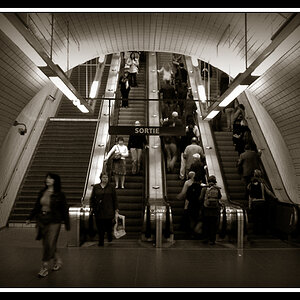
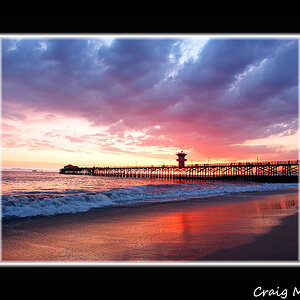

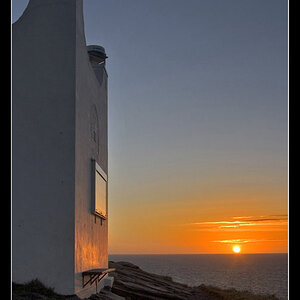
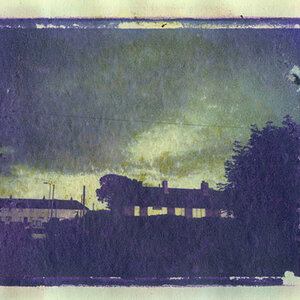
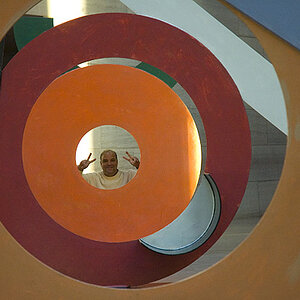
![[No title]](/data/xfmg/thumbnail/32/32697-bccb29f21520b31443b92c054e608ca0.jpg?1619735600)
